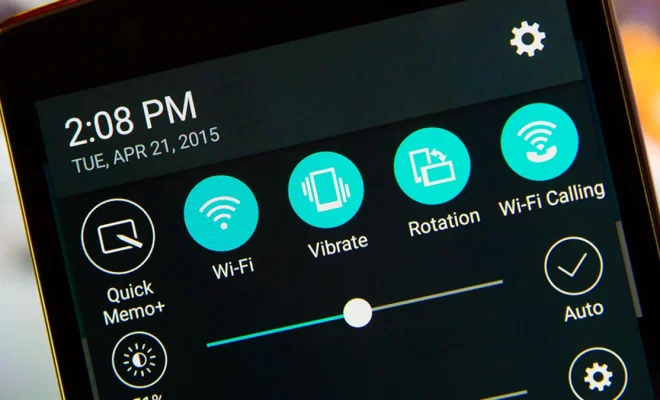What is Wi-Fi 7? What the New Wireless Standard Means for You

Wi-Fi 7, also known as IEEE 802.11be, is the latest advancement in the series of Wi-Fi standards that has been developed to meet the ever-growing demand for faster and more reliable wireless communication. As we continue to connect more devices and consume more data, the need for improved wireless technology becomes more apparent. Wi-Fi 7 is expected to address these needs by offering significant enhancements over its predecessors like Wi-Fi 6 and Wi-Fi 6E.
One of the key features of Wi-Fi 7 is its increased speed. It is projected to offer maximum data rates of at least 30 Gbps, which is a sizable leap from the maximum of approximately 9.6 Gbps provided by Wi-Fi 6. This increase is achieved through a variety of technological improvements such as wider channel bandwidths, higher-order modulation, and efficient usage of multiple input-multiple output (MIMO) antennas.
Another important advancement with Wi-Fi 7 is its potential for lower latency. Latency refers to the time it takes for data to travel from one point to another. Lower latency is crucial for applications that require instantaneous feedback, such as online gaming, virtual reality (VR), and augmented reality (AR). With Wi-Fi 7, users can expect more responsive networks that are capable of supporting real-time applications without noticeable lag.
Wi-Fi 7 also promises better performance in crowded environments thanks to improved channel utilization and coordination features that manage interference more effectively. This means that in places with many networks and devices competing for bandwidth, such as apartment complexes or busy office spaces, users should experience fewer interruptions and a stable connection.
Additionally, Wi-Fi 7 expands on spectrum usage by being able to operate not just in the traditional 2.4 GHz and 5 GHz bands but also in the 6 GHz band if available in certain regions. This extra band provides more channels, which can be used simultaneously to reduce congestion and provide broader bandwidth per user.
For consumers, the adoption of Wi-Fi 7 means that their wireless experiences will be significantly faster and more reliable. Streaming high-resolution videos, participating in video conferences without delays or buffering, seamlessly downloading large files—these activities will feel more effortless than ever.
However, it’s essential to note that to fully take advantage of Wi-Fi 7’s capabilities, both networking hardware (routers) and consumer devices (smartphones, laptops, smart home appliances) must support the standard. As with all technological advancements, there will be a transition period where hardware manufacturers roll out compatible products.
In conclusion, Wi-Fi 7 represents an exciting step forward in wireless communication technology. With its introduction into the market anticipated sometime after 2023, users can look forward to a future where internet connections are faster, latency is lower, networks are smarter at managing traffic, and overall online experiences are significantly improved.


